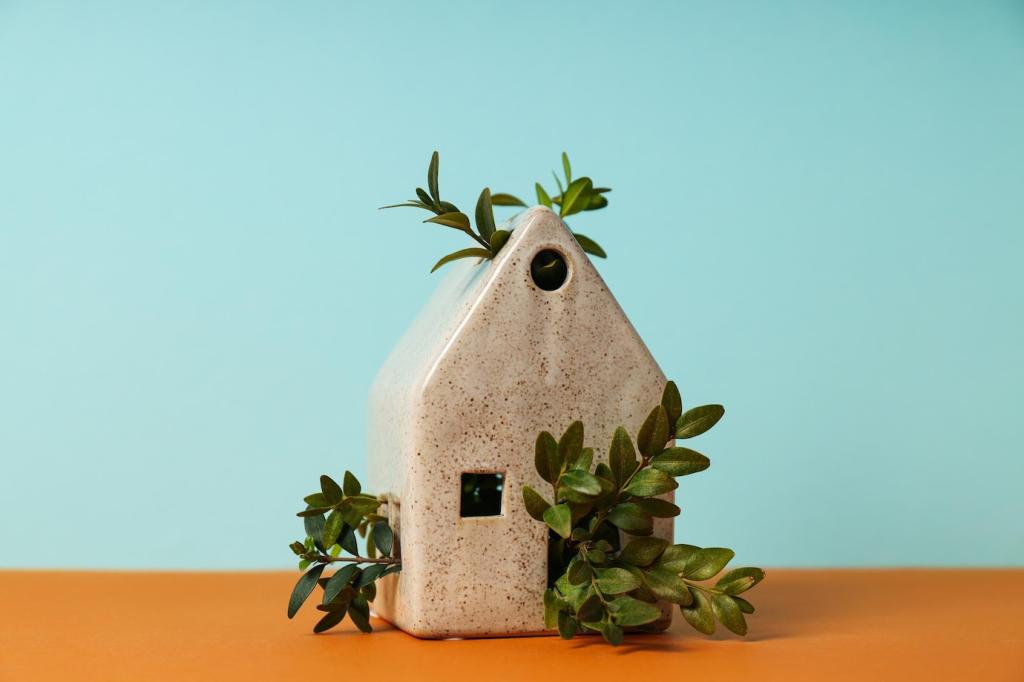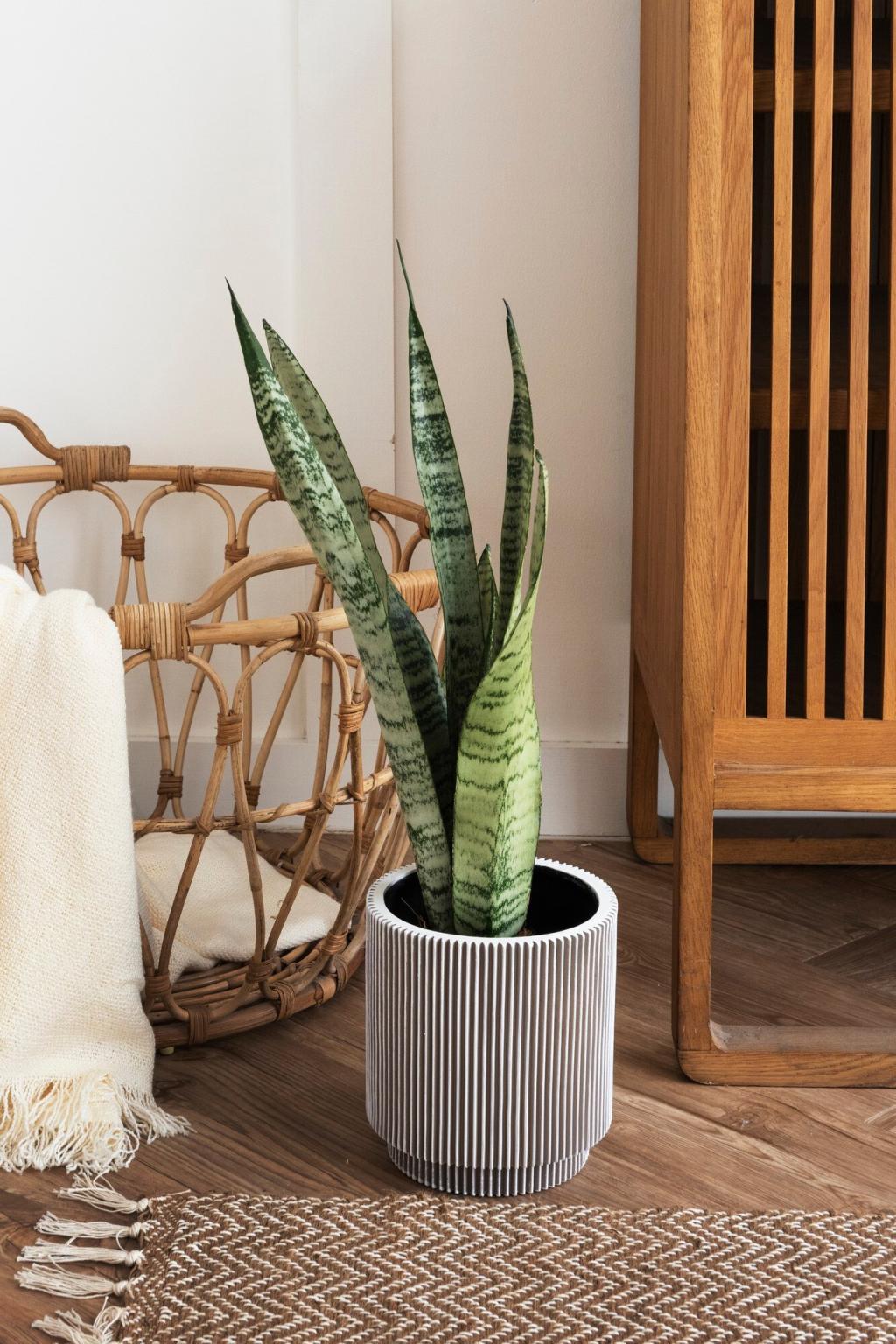The Role of Air Quality in Eco-Friendly Interiors
Breathe in a home that cares for you and the planet. Today’s theme—The Role of Air Quality in Eco-Friendly Interiors—explores how clean air completes sustainability. Join us, share your experiences, and subscribe for more breath-of-fresh-air design insights.



Why Air Quality Defines a Truly Eco-Friendly Home
From VOCs off-gassing in fresh paint to PM2.5 from cooking, indoor air often hides what our eyes miss. Studies suggest indoor air can be two to five times more polluted than outdoors, depending on activities and ventilation.
Why Air Quality Defines a Truly Eco-Friendly Home
Outdoor air seeps in through cracks and open windows, carrying pollen, smoke, and NO2. Smart eco-friendly interiors filter, dilute, and control those intrusions, balancing fresh airflow with energy efficiency and seasonal realities.
Look for low- or zero-VOC paints, adhesives, and finishes. Certifications like GREENGUARD Gold, Cradle to Cradle, and Green Seal help verify claims, reducing guesswork and supporting consistently healthier air in eco-friendly interiors.

Plants, Purifiers, and Persistent Myths
The famous NASA study was for sealed chambers, not typical homes. Plants can support humidity balance and wellbeing, but they cannot replace ventilation or filtration for meaningful pollutant reduction indoors.
Plants, Purifiers, and Persistent Myths
Look for a true HEPA (H13 or better) for particles and a deep activated carbon bed for gases. Match CADR to room size, consider noise levels, and replace filters per manufacturer guidance.
Plants, Purifiers, and Persistent Myths
Place purifiers away from obstructions and near pollutant sources. Replace filters on schedule. For plants, use well-draining soil, avoid overwatering, and monitor for mold so your clean-air intentions stay on track.
Moisture, Mold, and Material Longevity
Aim for roughly 40–60% relative humidity. Too dry increases dust and irritation; too damp invites mold and dust mites. Hygrometers plus dehumidifiers or humidifiers help stabilize comfort and indoor air quality.

Designing by Data: Monitors and Meaning
What to Monitor and How Often
Track PM2.5, CO2, temperature, humidity, and total VOCs with reliable sensors. Log trends across seasons, check during cooking or cleaning, and compare results before and after design changes.
CO2 as a Ventilation Clue, Not a Villain
CO2 helps indicate ventilation adequacy. Many aim to keep typical occupied levels under about 800–1000 ppm. Use it as a guide to open windows, boost ventilation, or schedule HRV runtimes.
Automation That Respects Nature
Link sensors to window alerts, purifier speeds, and ERV cycles. Automations that react gently, not constantly, conserve energy while keeping air fresher—exactly the balance eco-friendly interiors strive to achieve.
